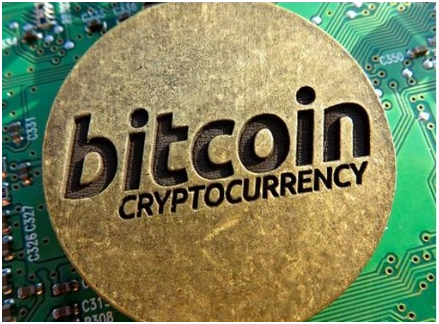
Korea Investment & Securities said in its report on March 18 that established financial systems are increasingly considering embracing virtual assets with the trading of such assets increasing worldwide and Bitcoin becoming more and more likely to act as the center of the ecosystem of such assets.
“If the trading of virtual assets was mainly for speculative purposes three years ago, that of last year was mainly for decentralization and ecosystem creation,” it pointed out, adding, “What is in the background is the U.S.-China hegemony rivalry in the digital currency sector.”
According to the report, China introduced a central bank digital currency (CBDC) ahead of the United States and the U.S. Office of the Comptroller of the Currency (OCC) allowed banks in January this year to issue stablecoins and process their settlement via blockchain networks. In South Korea, the revised Act on Reporting and Use of Certain Financial Transaction Information for similar purposes is scheduled to become effective on March 25. The OCC’s recent announcement related to stablecoins means that the first legal basis has been established for blockchain to be regarded as a monetary base of the United States and blockchain has begun to enter banks’ own area.
“The OCC’s decision is to defend the hegemony of the U.S. dollar and further increase its influence with China challenging it with the digital yuan,” the report went on to say, adding, “In other words, the United States’ strategy is to respond to it with a new ecosystem, that is, a global public blockchain infrastructure that is almost completely open.”
“The U.S. dollar and the stablecoin will be equally pegged and this means stablecoin issuance by a U.S. bank constitutes digital U.S. dollar circulation to increase its influence,” it explained, continuing, “In addition, the decision is to embrace and foster tech firms’ coin issuance demands with the demands expanding in the U.S. dollar economy and the power of the U.S. dollar is expected to increase by the U.S. government approving Facebook’s stable coin issuance and the Facebook Diem functioning in the U.S. dollar system.”
Korea Investment & Securities also mentioned that China needs to set up its CBDC systems from scratch, the United States can handle the process with greater ease because stablecoins such as USDT and USDC are already functioning, and the United States can more effectively monitor its underground economy as money movements will be open based on the blockchain.
These measures of the U.S. government are likely to accelerate virtual assets’ entry into existing systems. “Banks have to purchase ETH in order to use ETH-based stablecoins,” the report explained, adding, “In addition, related systems will be necessary for token-based remittance and so on.”
It is said that this trend can be regarded as the beginning of collapse of the SWIFT system. At present, SWIFT-based foreign currency remittance requires at least a couple of days whereas ETH-based token remittance and liquidation can be completed within 10 minutes.
This year, a large number of global companies are including Bitcoin instead of cash in their balance sheets. Also, more and more brokerage firms are accepting Bitcoin for settlement purposes and global investment banks are investing in virtual assets for investment portfolio diversification.
For example, Tesla invested US$1 billion in Bitcoin in January this year, PayPal initiated Bitcoin-based settlement and Mastercard is planning to support virtual assets in its network this year. BlackRock recently added Bitcoin as an investment object to two of its funds and the Canadian government recently approved a Bitcoin ETF.
윤영실(2021.03.22) Gap Narrowing between Virtual Assets and Established Financial Systems
retrieved from http://www.businesskorea.co.kr/news/articleView.html?idxno=62890






